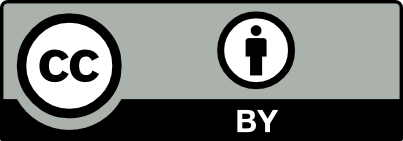Credit
We at TERN acknowledge the Traditional Owners and Custodians throughout Australia, New Zealand and all nations. We honour their profound connections to land, water, biodiversity and culture and pay our respects to their Elders past, present and emerging.
This dataset was produced by the Joint Remote Sensing Research Program using data sourced from US Geological Survey and the European Space Agency.
Purpose
This product captures variability in fractional cover at monthly time scales, forming a consistent time series from 2015 - present. It is useful for investigating more rapid changes than the three-month seasonal products. For example, the monthly dataset is used by the Queensland pastoral industry for improved monitoring of drought conditions. The green and non-green fractions may include a mix of woody and non-woody vegetation. For applications investigating long-term dynamics, the three-month seasonal product may be more appropriate. Note: A new fractional cover algorithm will be implemented during 2021, based on additional field validation and a new machine learning approach.
Lineage
Further details are provided in the Methods section.
Data Creation
Image preprocessing:
Landsat 8 imagery rated as less than 80% cloud cover was downloaded from the USGS EarthExplorer website as level L1T imagery. Sentinel-2A data was downloaded from the ESA as Level 1C (version 02.04 system). Masks for cloud, cloud shadow, topographic shadow and water were applied as described in Flood (2017).
Fractional Cover Model:
The bare soil, green vegetation and non-green vegetation endmembers for the blended Landsat 8 and Sentinel 2 are calculated using models developed for seasonal fractional cover across Australia. Values are reported as percentages of cover plus 100. The fractions stored in the 4 image layers are: Band1 - bare (bare ground, rock, disturbed), Band2 - green vegetation, Band3 - non green vegetation (litter, dead leaf and branches), Band4 - Model fitting error.
Data compositing:
The method of compositing used selection of representative pixels through the determination of the medoid (multi-dimensional equivalent of the median) of at least three observations of fractional cover imagery. The medoid is the point which minimises the total distance between the selected point and all other points. Thus the selected point is “in the middle” of the set of points. It is robust against extreme values, inherently avoiding the selection of outliers, such as occurs when cloud or cloud shadow goes undetected. Unfortunately, due to the high level of cloud cover in some areas, often three cloud free pixels are not available, resulting in data gaps in the seasonal fractional cover image. For further details on this method see Flood (2013).
